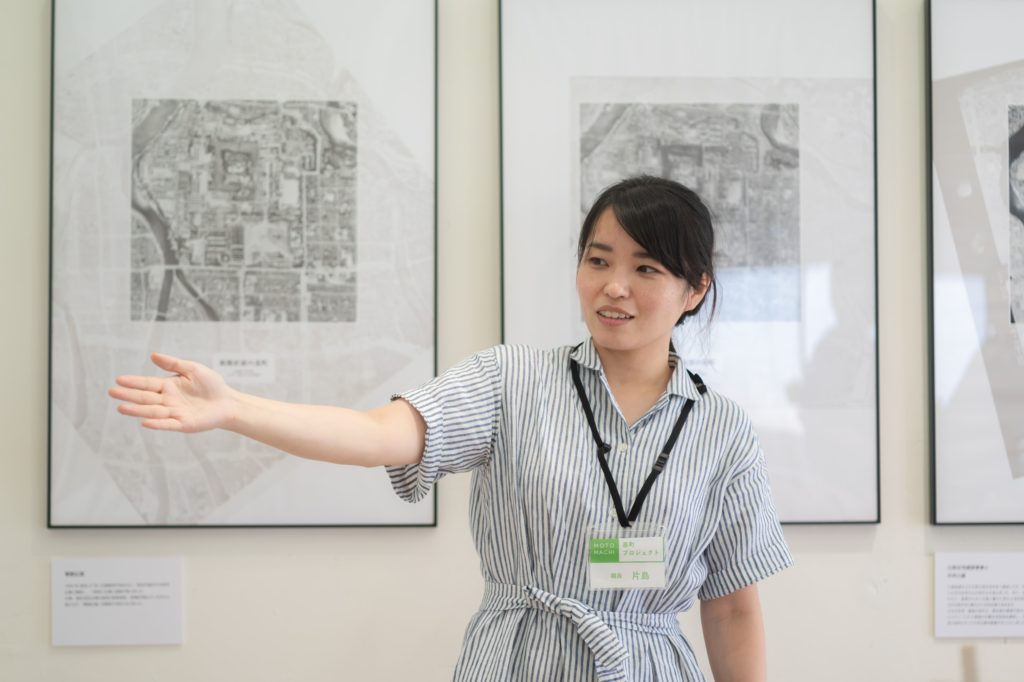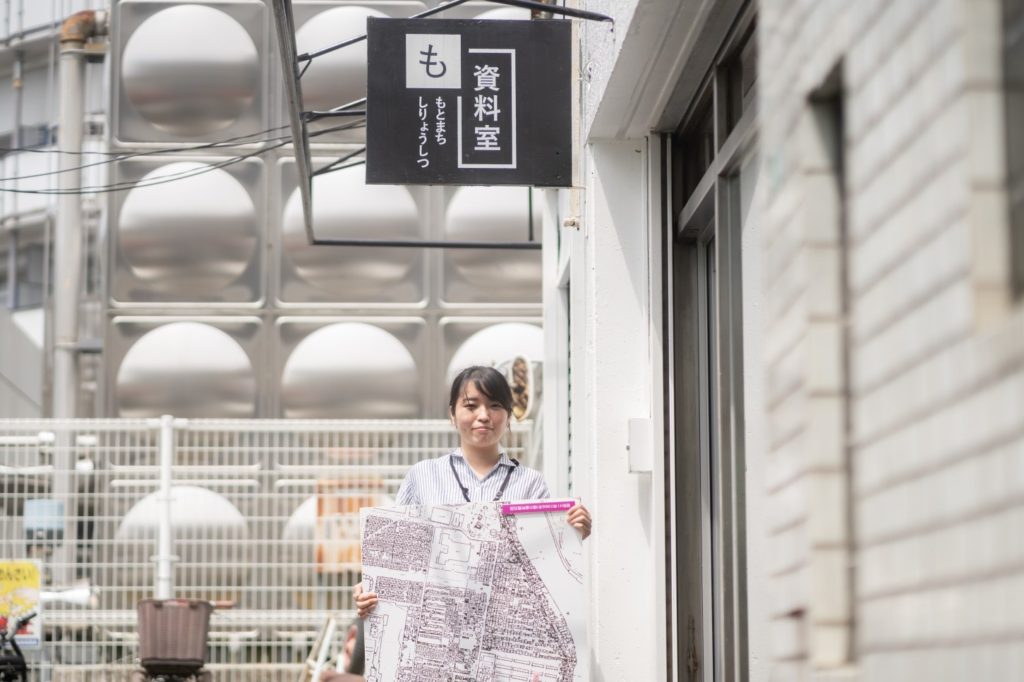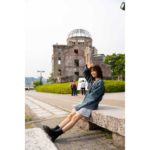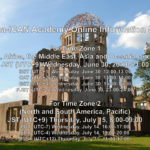A New Base for Information on Peace The Motomachi Project – The Motomachi Reference Office

The Motomachi district, located in the center of Hiroshima City, is an area that was once devastated by the atomic bombing. It was later transformed to accommodate emergency housing, and in the 1970s, it the city made it into a municipal housing complex with high-rise apartments that was unparalleled in Japan at the time, and which still remains today. In 2020, “The Motomachi Reference Office” was permanently established to provide information on the changes the Motomachi district has undergone. The Motomachi Reference Office is operated by the “Motomachi Project,” a collaborative project between Naka Ward and Hiroshima City University to revitalize the area. We spoke with Katashima Ran, a staff member involved in its operation.

The Motomachi Project has been operated out of Motomachi Municipal Housing since 2013. They work to make the city more appealing, and to revitalize the Motomachi residential area through creative culture and art led by youths. It is also one of the City of Hiroshima’s Leading Urban Development Projects, conducted for the 100th anniversary of the atomic bombing. In 2020, they opened the Motomachi Reference Office, a permanent exhibition containing materials gathered through the digital archiving activities of the Motomachi Project, covering the three themes of history, architecture, and community. The Motomachi Reference Office offers visitors a chance to see the valuable photos and documents collected over the past seven years and interact with the local residents.

One year after the bombing, wooden emergency housing (temporary housing) was built by Hiroshima Prefecture, Hiroshima City, and the Housing Corporation in Motomachi. They were mainly occupied by military personnel returning from the war, and those returning to Japan from northeastern China. 30 years after the bombing, a municipal high-rise housing complex, Motomachi Apartments, was built. 76 years later, the surrounding trees have grown in and the area is now full of nature. I had no idea that there were people living in the area before the high-rise apartments.
The reference office displays aerial photos covering the span of time from July 1945 to the present, allowing visitors to feel the efforts of those who have worked hard to rebuild the city.

While the Hiroshima Peace Memorial Museum in Hiroshima is about memorial, the danger of nuclear weapons, and peace, the Motomachi Reference Office promote peace with the themes of reconstruction and creation. I believe that learning about the process by which Hiroshima, once a military city, was recreated into a city of peace and welfare, and approximately 3,000 municipal housing units were built in the Motomachi area, will serve as an example of how conflict zones and disaster-stricken areas can be rebuilt and restored.

We also believe that young people playing an active role through art and design contributes to maintaining peace. We intend work on planning and promoting art events. I hope that this place becomes one of Hiroshima’s tourist attractions, and that when the pandemic ends, foreign visitors and students on school trips will stop by. I hope this becomes a place where people can think about the future by learning about the past.

【 The Motomachi Reference Office】
Address: Motomachi District, Naka Ward, Hiroshima City, Dispersed Storefront 208 (Across from M98)
*Visit the Motomachi Project Activity Base M98 for usage.
【Motomachi Project Base – M98】
Address: 16-17-2-103 Motomachi, Naka Ward, Hiroshima City (two lots away from the Motomachi Post Office)
Telephone: 082-555-8250
Hours: 12:00-17:00, Wednesday through Sunday
Closed on: Mondays and Tuesdays
Motomachi Project Home Page: https://www.motomachiproject.net/
*References:
Hiroshima Peace Memorial Museum Edition – “2012 – The First Exhibit: The Changes Faces of Motomachi”, P10-11
Hiroshima City Edition – “The 70 Year History of the Bombing of Hiroshima – Until that day, and in the days since – August 6, 1945”, P302-309
Tags associated with this article



![[Interview] The Importance of Information in Peace and the Role of Information Companies [Interview] The Importance of Information in Peace and the Role of Information Companies](https://hiroshimaforpeace.com/en/wp-content/uploads/sites/2/2023/09/瀬尾様_プロフ.00-1-150x150.png)


アンモニア混焼ガスタービン2-150x150.jpg)

